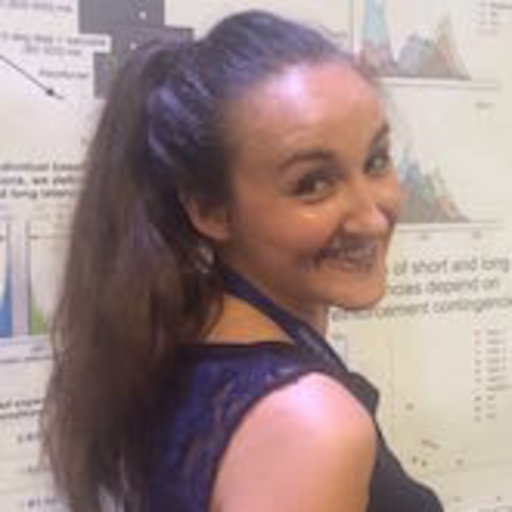
Event Date:
Wednesday, January 22nd, 2020 – 12:00 PM to 1:00 PM
Speaker:
Cecile Vullings
Abstract
Abstract – About three times per second a decision is made regarding when and where to move the eyes, providing many opportunities to learn about environment regularities and the benefits of adjusting the information-foraging policy to these properties. In this brown bag, I will present the research focusing on the plasticity of the saccadic system done for my Ph.D. dissertation and in the past year as a postdoctoral fellow.
My thesis dissertation investigated the voluntary control of saccadic reaction times. Conventional decision models, based on the saccadic system as a sensorimotor model, typically view reaction time as a byproduct of decisional processes, reflecting the time needed to make a decision. However, research has shown that saccadic latencies are twice as long as the decision time and that the organization of the environment affects saccade latencies. We have demonstrated in this thesis work that it is possible to control experimentally the shape of saccade latency distributions by manipulating reinforcement contingencies.
My work at Smith-Kettlewell aims at improving visual search in age-related macular degeneration (AMD) patients by increasing scotoma awareness and optimizing their eye movements strategy. AMD is a leading cause of central vision loss that cannot be corrected optically and has devastating effects on daily life. While the majority of low vision rehabilitation studies have focused on efforts to improve reading, fewer studies have looked at improving vision for daily activities that involve everyday tasks such as finding objects of interest, which may be hidden by the scotoma. As scotoma maps are typically monocular, we first address the challenge of precisely mapping the binocular scotoma using an eye-tracker.
